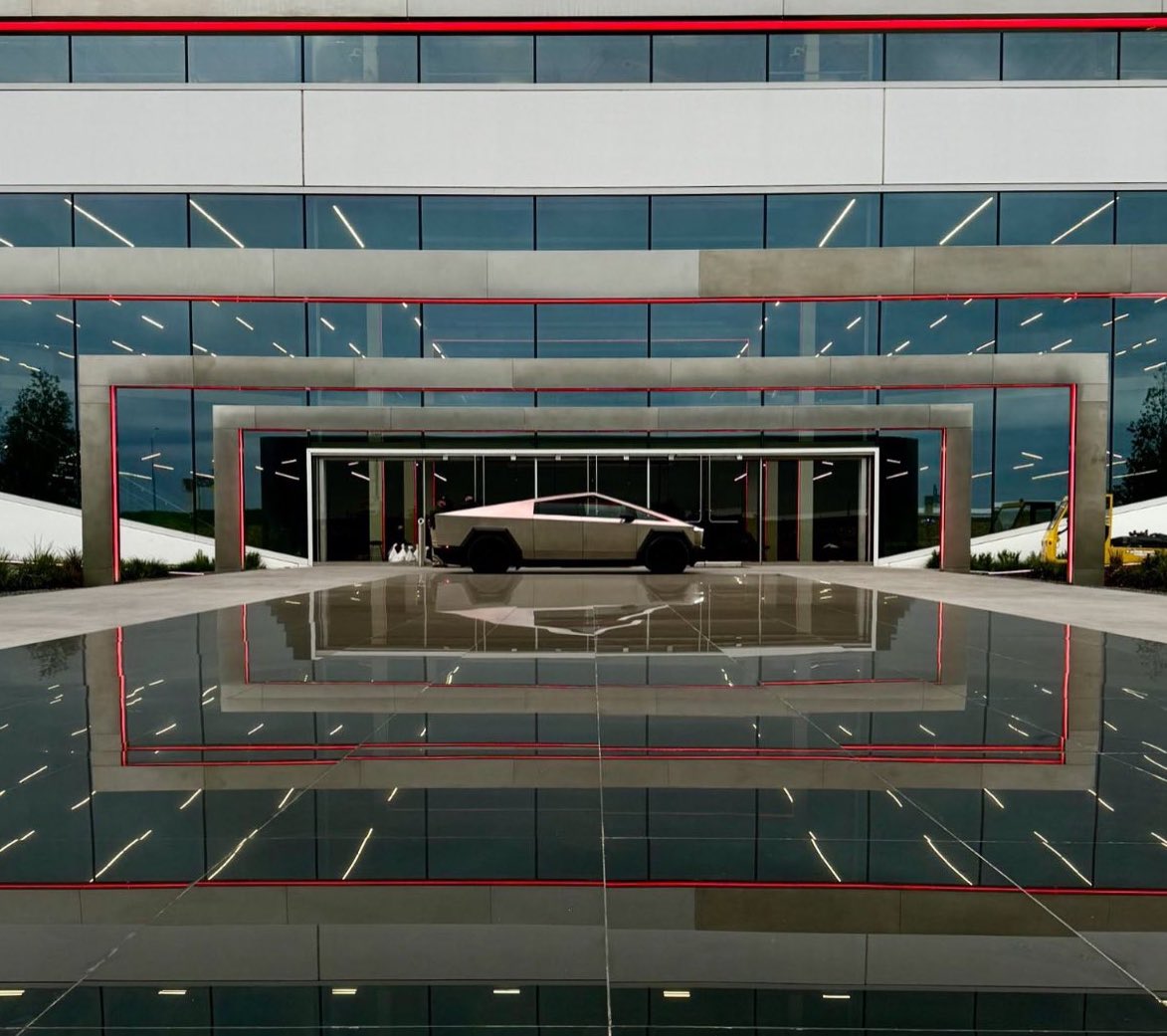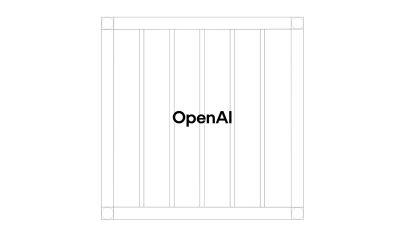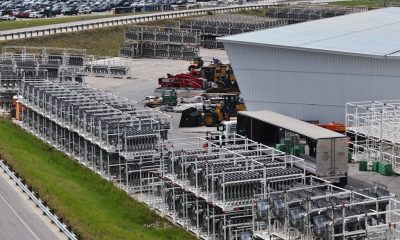Another busy year is coming to an end, closing yet another chapter in Tesla’s journey to advance sustainability. As we prepare for what’s expected to be an eventful 2024, it’s also worth looking back on Tesla’s year in 2023 to highlight some of the company’s many major developments.
Some of Tesla’s important accomplishments in 2023 included the launch of the highly anticipated Cybertruck and the redesigned Model 3 “Highland,” as well as the widespread adoption of the automaker’s charging hardware across the North American auto industry.
Other important developments not highlighted in the list below included Tesla’s industry-rocking price cuts early in the year, and the company’s increasing production of giant Megapack batteries.
The year was a little quiet in Solar and Powerwall deployment and Semi production, though what Tesla lacked in these areas, the company arguably made up for with several other crucial developments.
Below you can see a list of some of Tesla’s most notable stories in 2023.
Tesla announced Gigafactory Mexico
At its Investor Day event earlier this year, Tesla officially announced plans to build a new Gigafactory in Mexico to help build its next-generation EV platform. Set to be constructed in the state of Nuevo León, Tesla recently gained federal land use permits, allowing it to begin construction on the site.
Tesla detailed its Master Plan part three
In April, Tesla shared its Master Plan part three, detailing the company’s proposal for a path to reaching a sustainable global energy economy. The plan followed the Tesla Master Plan parts one and two, which were shared by the company in 2006 and 2016, respectively.
Ford adopted North American Charging Standard (NACS), others followed
In a Spaces call on X in May, Ford CEO Jim Farley spoke with Elon Musk and officially announced the legacy automaker’s plans to adopt Tesla’s charging hardware, dubbed the North American Charging Standard (NACS). The news meant that Ford EVs would someday gain access to the Supercharger network, marking the first step in Tesla’s plans to open the charging network to all EVs.
Since then, every startup and major automaker has followed suit, with the exception of Chrysler-Dodge parent company, Stellantis.
Tesla began producing Dojo supercomputer
Tesla began production of the Dojo supercomputer in July, after the project was originally unveiled during AI day in 2021. The supercomputing cluster is expected to be able to process large streams of data to perform advanced AI and machine learning computations, and it’s projected to become one of the top supercomputers worldwide in the coming months, offering applications from the Full Self-Driving (FSD) beta and beyond.
Elon Musk live streamed FSD beta v12, later rolling early versions out to employees
Speaking of the FSD beta, Musk in August shared a live stream of the then-upcoming FSD version 12, which the CEO has touted as an important key to unlocking full autonomous driving. More recently, Musk confirmed that the FSD beta v12 was starting to roll out to employees, and it has been confirmed to be hitting over 15,000 employee-owned vehicles ahead of a wider release to the public.
Tesla’s FSD beta program also reached 500 million cumulative miles driven in October, representing a massive amount of real-time data for the automaker’s AI to learn from.
Tesla launched the redesigned Model 3 “Highland”
After several months of speculation that Tesla would be releasing a redesigned version of its popular Model 3 sedan, the automaker held a premiere event in Norway in late August, officially launching the refreshed “Highland” design. Initial customer deliveries of the redesigned Model 3 have since been rolling out across much of Europe, Asia, and other markets like Australia and New Zealand.
While the Model 3 Highland isn’t yet available in North American markets, it’s widely expected to be launched in early 2024.
Continued developments to Tesla’s Optimus program
While there weren’t any breakout news stories or an official release for Tesla’s Optimus humanoid robot, the company did highlight its continued developments for the product. Tesla has been ramping up hiring for the Optimus team, featuring videos showing off how the robot can now sort objects autonomously, perform yoga poses, dance and more.
More recently, Musk predicted that Optimus will be able to thread a needle in just a year, and manufacturing expert Sandy Munro says he expects that the humanoid robot will begin being used in Tesla’s factories as soon as 2024.
Tesla launched BP Supercharger partnership
In the first deal of its kind, Tesla sold $100 million worth of Supercharging equipment to BP (formerly British Petroleum) in October, paving the way for future commercial deals that could result in a major revenue stream in the future — especially as Tesla’s NACS takes shape as the charging standard in the next few years.
Tesla launched Cybertruck with delivery event
Last but certainly not least, Tesla held the Cybertruck delivery event late last month, after initially unveiling the vehicle over four years ago in November 2019. Initial deliveries of Tesla’s “Foundation Series” launch edition Cybertrucks have been going out to employees throughout this month, and many reservation holders have been invited to place their own orders for the vehicle.
RELATED:
Elon Musk to discuss Tesla, SpaceX future plans in company talks
What are your thoughts? Did I miss anything important that Tesla did in 2023? Let me know at zach@teslarati.com, find me on X at @zacharyvisconti, or send your tips to us at tips@teslarati.com.
News
These Tesla, X, and xAI engineers were just poached by OpenAI
The news is the latest in an ongoing feud between Elon Musk and the Sam Altman-run firm OpenAI.

OpenAI, the xAI competitor for which Elon Musk previously served as a boardmember and helped to co-found, has reportedly poached high-level engineers from Tesla, along with others from xAI, X, and still others.
On Tuesday, Wired reported that OpenAI hired four high-level engineers from Tesla, xAI, and X, as seen in an internal Slack message sent by co-founder Greg Brockman. The engineers include Tesla Vice President of Software Engineering David Lau, X and xAI’s head of infrastructure engineering Uday Ruddarraju, and fellow xAI infrastructure engineer Mike Dalton. The hiring spree also included Angela Fan, an AI researcher from Meta.
“We’re excited to welcome these new members to our scaling team,” said Hannah Wong, an OpenAI spokesperson. “Our approach is to continue building and bringing together world-class infrastructure, research, and product teams to accelerate our mission and deliver the benefits of AI to hundreds of millions of people.”
Lau has been in his position as Tesla’s VP of Software Engineering since 2017, after previously working for the company’s firmware, platforms, and system integration divisions.
“It has become incredibly clear to me that accelerating progress towards safe, well-aligned artificial general intelligence is the most rewarding mission I could imagine for the next chapter of my career,” Lau said in a statement to Wired.
🚨Optimistic projections point to xAI possibly attaining profitability by 2027, according to Bloomberg's sources.
If accurate, this would be quite a feat for xAI. OpenAI, its biggest rival, is still looking at 2029 as the year it could become cash flow positive.💰 https://t.co/pE5Z9daez8
— TESLARATI (@Teslarati) June 18, 2025
READ MORE ON OPENAI: Elon Musk’s OpenAI lawsuit clears hurdle as trial looms
At xAI, Ruddarraju and Dalton both played a large role in developing the Colossus supercomputer, which is comprised of over 200,000 GPUs. One of the major ongoing projects at OpenAI is the company’s Stargate program,
“Infrastructure is where research meets reality, and OpenAI has already demonstrated this successfully,” Ruddarraju told Wired in another statement. “Stargate, in particular, is an infrastructure moonshot that perfectly matches the ambitious, systems-level challenges I love taking on.”
Elon Musk is currently in the process of suing OpenAI for shifting toward a for-profit model, as well as for accepting an investment of billions of dollars from Microsoft. OpenAI retaliated with a counterlawsuit, in which it alleges that Musk is interfering with the company’s business and engaging in unfair competition practices.
Elon Musk confirms Grok 4 launch on July 9 with livestream event
News
SpaceX share sale expected to back $400 billion valuation
The new SpaceX valuation would represent yet another record-high as far as privately-held companies in the U.S. go.

A new report this week suggests that Elon Musk-led rocket company SpaceX is considering an insider share sale that would value the company at $400 billion.
SpaceX is set to launch a primary fundraising round and sell a small number of new shares to investors, according to the report from Bloomberg, which cited people familiar with the matter who asked to remain anonymous due to the information not yet being public. Additionally, the company would sell shares from employees and early investors in a follow-up round, while the primary round would determine the price for the secondary round.
The valuation would represent the largest in history from a privately-owned company in the U.S., surpassing SpaceX’s previous record of $350 billion after a share buyback in December. Rivaling company valuations include ByteDance, the parent company of TikTok, as well as OpenAI.
Bloomberg went on to say that a SpaceX representative didn’t respond to a request for comment at the time of publishing. The publication also notes that the details of such a deal could still change, especially depending on interest from the insider sellers and share buyers.
Axiom’s Ax-4 astronauts arriving to the ISS! https://t.co/WQtTODaYfj
— TESLARATI (@Teslarati) June 26, 2025
READ MORE ON SPACEX: SpaceX to decommission Dragon spacecraft in response to Pres. Trump war of words with Elon Musk
SpaceX’s valuation comes from a few different key factors, especially including the continued expansion of the company’s Starlink satellite internet company. According to the report, Starlink accounts for over half of the company’s yearly revenue. Meanwhile, the company produced its 10 millionth Starlink kit last month.
The company also continues to develop its Starship reusable rocket program, despite the company experiencing an explosion of the rocket on the test stand in Texas last month.
The company has also launched payloads for a number of companies and government contracts. In recent weeks, SpaceX launched Axiom’s Ax-4 mission, sending four astronauts to the International Space Station (ISS) for a 14-day stay to work on around 60 scientific experiments. The mission was launched using the SpaceX Falcon 9 rocket and a new Crew Dragon capsule, while the research is expected to span a range of fields including biology, material and physical sciences, and demonstrations of specialized technology.
News
Tesla Giga Texas continues to pile up with Cybercab castings
Tesla sure is gathering a lot of Cybercab components around the Giga Texas complex.

Tesla may be extremely tight-lipped about the new affordable models that it was expected to start producing in the first half of the year, but the company sure is gathering a lot of Cybercab castings around the Giga Texas complex. This is, at least, as per recent images taken of the facility.
Cybercab castings galore
As per longtime drone operator Joe Tegtmeyer, who has been chronicling the developments around the Giga Texas complex for several years now, the electric vehicle maker seems to be gathering hundreds of Cybercab castings around the factory.
Based on observations from industry watchers, the drone operator appears to have captured images of about 180 front and 180 rear Cybercab castings in his recent photos.
Considering the number of castings that were spotted around Giga Texas, it would appear that Tesla may indeed be preparing for the vehicle’s start of trial production sometime later this year. Interestingly enough, large numbers of Cybercab castings have been spotted around the Giga Texas complex in the past few months.
Cybercab production
The Cybercab is expected to be Tesla’s first vehicle that will adopt the company’s “unboxed” process. As per Tesla’s previous update letters, volume production of the Cybercab should start in 2026. So far, prototypes of the Cybercab have been spotted testing around Giga Texas, and expectations are high that the vehicle’s initial trial production should start this year.
With the start of Tesla’s dedicated Robotaxi service around Austin, it might only be a matter of time before the Cybercab starts being tested on public roads as well. When this happens, it would be very difficult to deny the fact that Tesla really does have a safe, working autonomous driving system, and it has the perfect vehicle for it, too.
-

 Elon Musk1 week ago
Elon Musk1 week agoTesla investors will be shocked by Jim Cramer’s latest assessment
-

 News2 weeks ago
News2 weeks agoTesla Robotaxi’s biggest challenge seems to be this one thing
-

 Elon Musk1 day ago
Elon Musk1 day agoElon Musk confirms Grok 4 launch on July 9 with livestream event
-

 News2 weeks ago
News2 weeks agoWatch the first true Tesla Robotaxi intervention by safety monitor
-

 News5 days ago
News5 days agoTesla Model 3 ranks as the safest new car in Europe for 2025, per Euro NCAP tests
-

 Elon Musk2 weeks ago
Elon Musk2 weeks agoA Tesla just delivered itself to a customer autonomously, Elon Musk confirms
-

 Elon Musk2 weeks ago
Elon Musk2 weeks agoElon Musk confirms Tesla Optimus V3 already uses Grok voice AI
-

 Elon Musk2 weeks ago
Elon Musk2 weeks agoxAI welcomes Memphis pollution results, environmental groups push back



















